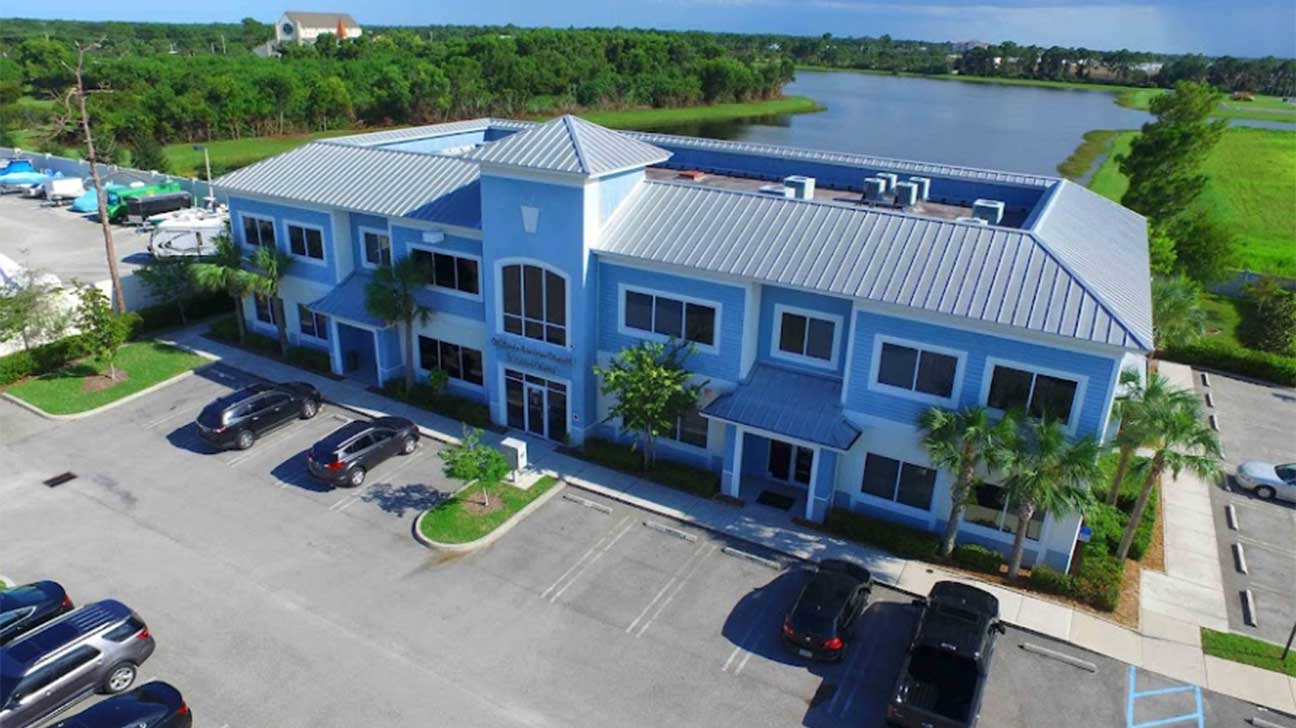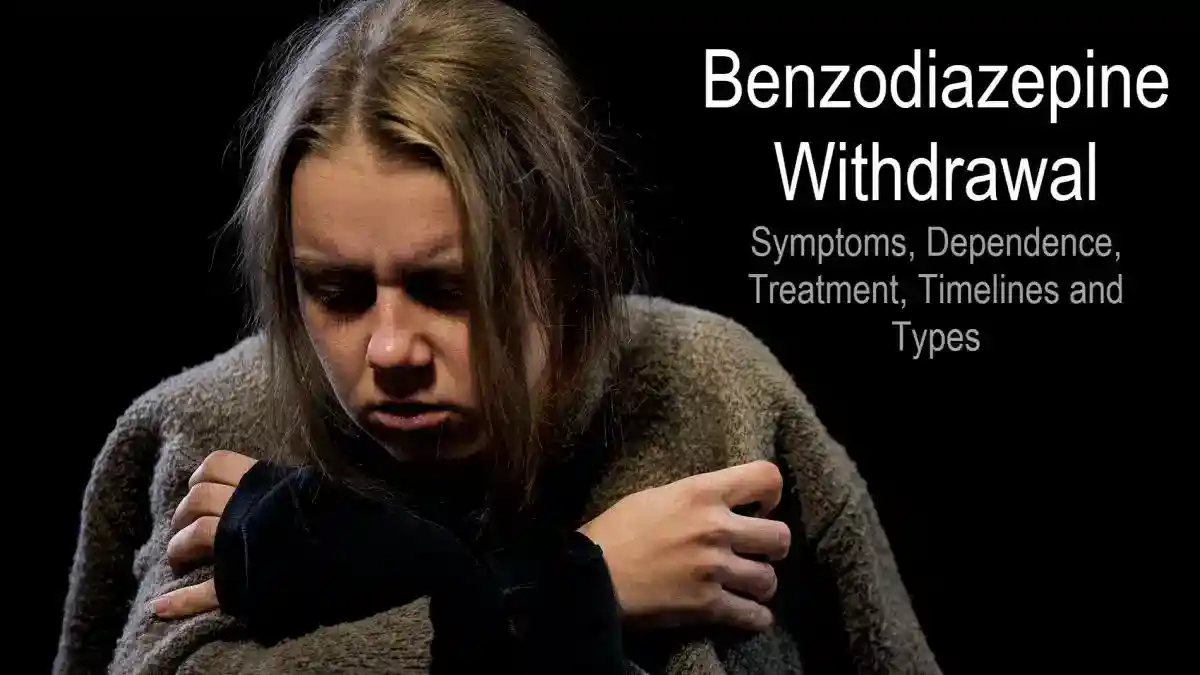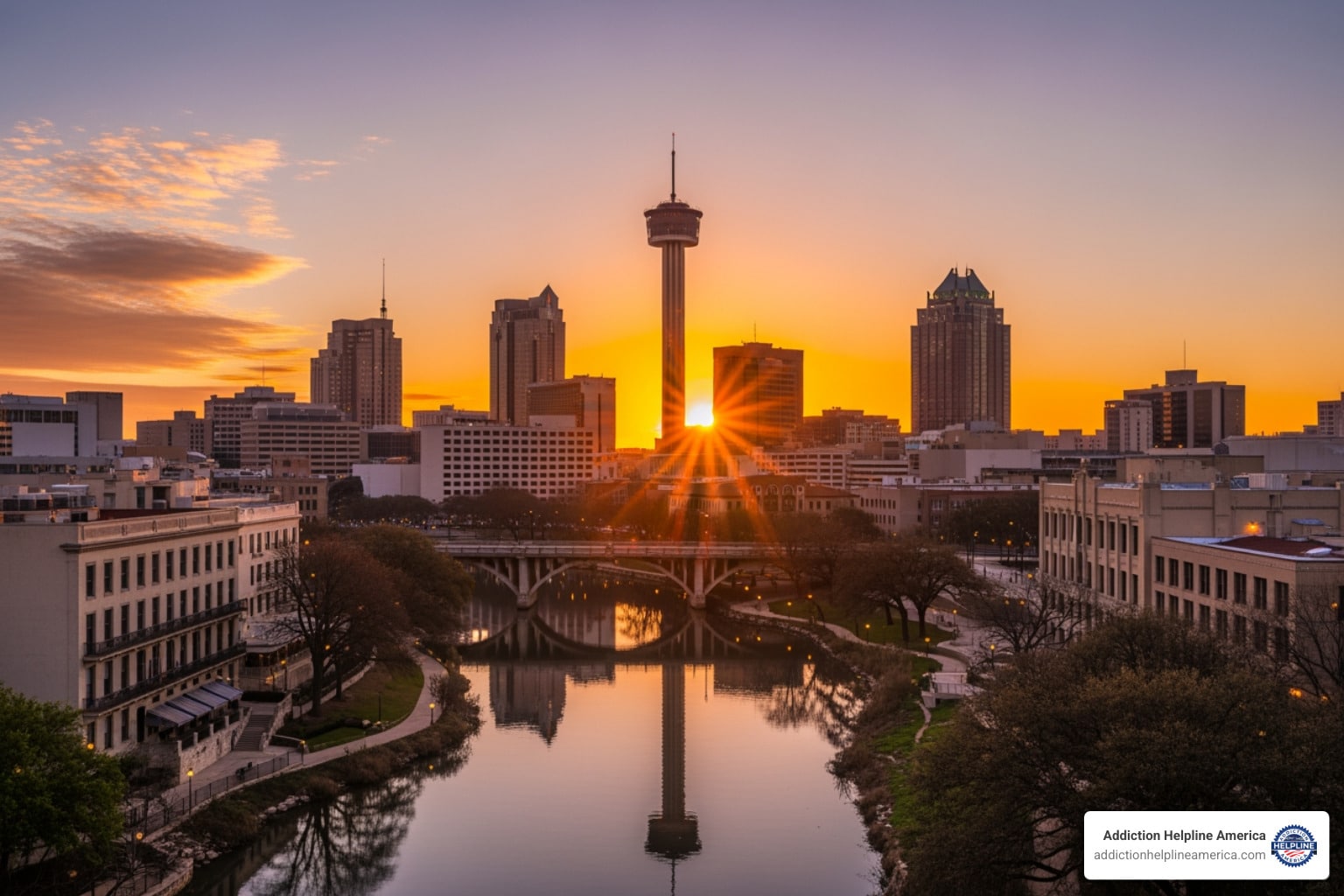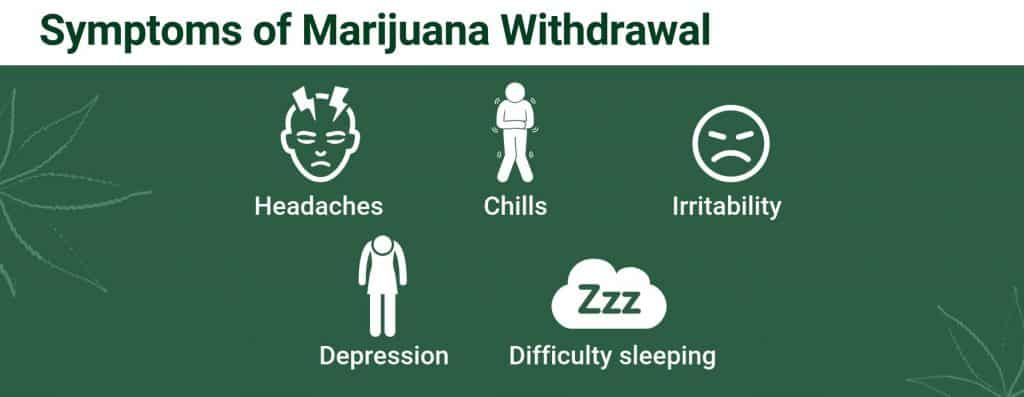
What You Need to Know About Cannabis Withdrawal
Weed withdrawal symptoms are a real and uncomfortable reality for many who use marijuana regularly. If you’re quitting or have already stopped, you may be facing challenging physical and emotional changes.
Common Weed Withdrawal Symptoms:
- Irritability and anger
- Anxiety and restlessness
- Sleep problems (insomnia, vivid dreams)
- Decreased appetite or weight loss
- Depression or low mood
- Physical symptoms like headaches, sweating, chills, and stomach pain
- Intense cravings
Timeline: Symptoms usually start within 24-48 hours, peak around days 2-6, and mostly resolve in 2-3 weeks. However, sleep issues can last for 30-45 days or more.
How common is it? Research shows about 47% of regular users experience withdrawal. Roughly 3 in 10 marijuana users develop cannabis use disorder, with those starting before age 18 being 4 to 7 times more likely to develop problematic use.
These symptoms are your body’s natural response to the absence of THC. While not typically dangerous, the discomfort is a primary reason for relapse. At Addiction Helpline America, we guide individuals through the challenges of weed withdrawal symptoms and recovery, connecting them with effective treatment. Understanding withdrawal is the first step toward lasting recovery.

Weed withdrawal symptoms vocabulary:
Understanding Weed Withdrawal Symptoms: Causes, Timeline, and Severity
Cannabis Withdrawal Syndrome (CWS) is a recognized medical condition, confirming that weed withdrawal symptoms are real and significant.
Call Now – Your Journey to Recovery Begins Today!
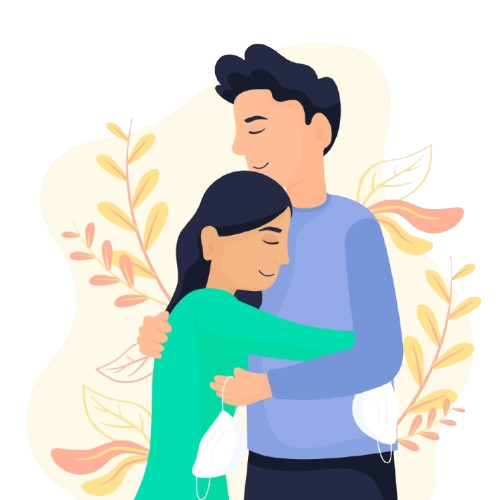
Take the first step towards a healthier life! Call now to connect with our compassionate team and start your recovery journey today. Your path to healing awaits!
Our recovery specialists are available 24/7 to provide support, and all calls are confidential and free. Reach out anytime – we’re here to help!
The Science Behind Withdrawal
Marijuana’s main psychoactive compound, THC, binds to CB1 and CB2 receptors in your brain’s endocannabinoid system, which regulates mood, appetite, and pain. With regular use, your brain adapts by producing fewer of its own natural endocannabinoids and altering receptor sensitivity. This creates physical dependence. When you stop using, your brain is left with a temporary imbalance, causing withdrawal symptoms as it recalibrates. Why your body has to adjust is a process of your brain relearning to function without external THC.

While cannabis withdrawal isn’t life-threatening like withdrawal from alcohol, the discomfort is a major hurdle to quitting.
What Are the Most Common Weed Withdrawal Symptoms?
Withdrawal affects both mind and body. Psychologically, you may experience irritability, anxiety, restlessness, and a depressed mood. Mood swings are common, and many people report difficulty concentrating. Powerful cravings to use again are also a hallmark of withdrawal.
Physically, insomnia and sleep problems, often accompanied by vivid, disturbing dreams, are frequent complaints. You might also experience decreased appetite, weight loss, headaches, sweating, chills, and stomach pain. Research suggests women may report more severe symptoms than men, possibly due to hormonal differences.
The Typical Withdrawal Timeline
While timelines vary, a general pattern exists.
- Onset (24-48 hours): Symptoms like irritability and anxiety begin.
- Peak (Days 2-6): This is typically the most difficult period, with the most intense physical discomfort, cravings, and mood disturbances.
- Improvement (1-3 weeks): Most acute symptoms fade. Irritability lessens and appetite returns.
- Lingering Symptoms (30-45+ days): Sleep problems are often the last to resolve. Mild anxiety or depression can also persist for several weeks.
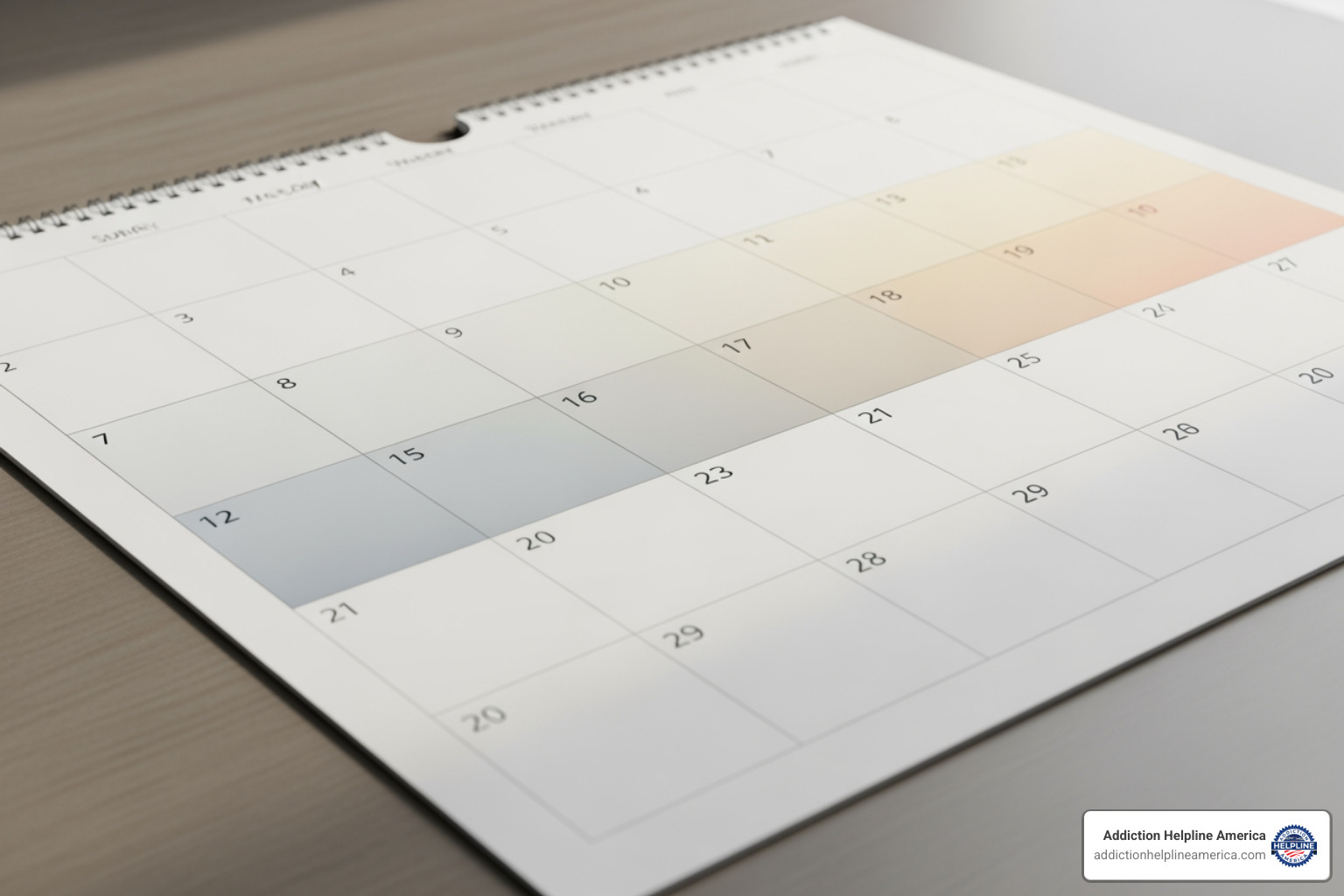
Factors That Influence Weed Withdrawal Symptoms
Your withdrawal experience is unique and influenced by several factors:
- Frequency and Duration of Use: Daily, long-term use leads to stronger dependence.
- THC Potency: Using high-THC products (like concentrates) can result in more intense withdrawal.
- Age of First Use: Starting before age 18 increases the risk of developing cannabis use disorder.
- Genetics: Your genetic makeup plays a significant role in withdrawal severity.
- Co-occurring Conditions: Using marijuana to cope with anxiety or other mental health issues can complicate withdrawal, as can using other substances like tobacco or alcohol.
At Addiction Helpline America, we understand these personal factors and help find support custom to your individual needs.
How to Cope with and Manage Withdrawal
If you’re facing weed withdrawal symptoms, practical strategies can ease your discomfort and support your recovery.
At-Home Management Strategies
For many, self-care at home is highly effective.
- Quitting Method: You can quit cold turkey (all at once) for a faster but more intense withdrawal, or taper down (gradually reduce use) to soften symptoms, though this requires significant willpower.
- Hydration and Diet: Drink plenty of water and try to eat nutritious foods like fruits, vegetables, and lean proteins, even if your appetite is low. Consider small meals or smoothies.
- Reduce Caffeine: Caffeine can worsen anxiety and restlessness during withdrawal, so cutting back is wise.
- Exercise: Aim for at least 30 minutes of daily movement. A brisk walk, yoga, or any physical activity can boost mood, reduce anxiety, and improve sleep.
- Relaxation Techniques: Deep breathing, meditation, and mindfulness can calm your nervous system when you feel overwhelmed.
- Routine: A consistent daily schedule for waking, eating, and sleeping helps regulate your body’s internal clock.
- Distraction: When cravings hit, engage in a hobby, call a friend, or change your environment. Cravings are temporary and will pass.
- Social Support: Let trusted friends or family know you’re going through a tough time. You don’t have to go through it alone.

Tips for Specific Symptoms
- Insomnia: Practice good sleep hygiene. Go to bed and wake up at the same time daily, create a calming bedtime routine, and avoid screens for an hour before bed. Make your bedroom dark, quiet, and cool. The NHS offers great 10 tips to beat insomnia.
- Anxiety and Restlessness: Use breathing exercises to calm down. Journaling can also help process worried thoughts. Remember to limit caffeine, which can spike anxiety. MIND provides more tips on managing anxiety.
- Cravings: Try urge surfing—observing the craving as a wave that will crest and fall without acting on it. Identify and avoid your personal triggers (people, places, or situations) in the early weeks.
- Irritability and Anger: Reduce stress where possible and make time for relaxing activities you enjoy. Communicating your feelings to loved ones can prevent conflict.
- Physical Symptoms: For headaches, sweating, or stomach pain, treat them as you would the flu. Stay hydrated, use over-the-counter pain relievers if needed, and be patient with your body.
Weed withdrawal symptoms are temporary. Every day you get through is a step toward healing.
Professional Treatment for Cannabis Use Disorder
Sometimes, managing weed withdrawal symptoms and overcoming cannabis use disorder requires professional help, and seeking it is a sign of strength.
Call Now – Your Journey to Recovery Begins Today!

Take the first step towards a healthier life! Call now to connect with our compassionate team and start your recovery journey today. Your path to healing awaits!
Our recovery specialists are available 24/7 to provide support, and all calls are confidential and free. Reach out anytime – we’re here to help!
When to Seek Professional Help
Consider reaching out for support if you experience:
- Overwhelming Symptoms: Your symptoms are so severe they prevent you from functioning in daily life.
- Repeated Relapses: You’ve tried to quit multiple times but have been unable to stay abstinent.
- Severe Mental Health Issues: You’re experiencing severe depression, panic attacks, or any thoughts of self-harm. This is a medical emergency.
- Co-occurring Disorders: You use marijuana to self-medicate other conditions like anxiety or PTSD. Treating both simultaneously is crucial.
- Polysubstance Use: You use other substances like alcohol or tobacco, which can complicate withdrawal.
- A Triggering Environment: Your living situation makes it difficult to quit due to stress or easy access to marijuana.
If cannabis use is negatively impacting your relationships, work, or finances, professional treatment can help you reclaim your life. Addiction Helpline America offers free, confidential guidance to find the right option for you.
Evidence-Based Treatment Options
Proven treatments are available for cannabis use disorder, primarily centered on behavioral therapies.
- Cognitive Behavioral Therapy (CBT): This is a leading approach that helps you identify and change the negative thought patterns and behaviors linked to marijuana use. Common treatment modalities like CBT are well-researched and effective.
- Motivational Improvement Therapy (MET): This therapy helps you find your own internal motivation to change by exploring your feelings about quitting.
- Contingency Management (CM): This method uses positive reinforcement, like vouchers or prizes, as rewards for staying abstinent.
- Levels of Care: Depending on your needs, options range from medically supervised detox for severe symptoms, inpatient rehabilitation for 24/7 support, and Intensive Outpatient Programs (IOPs) that offer structured therapy while you live at home.
- Support Groups: Peer-run groups like Marijuana Anonymous and SMART Recovery offer invaluable connection and shared experience.
Addiction Helpline America can connect you with quality treatment programs that fit your needs, schedule, and insurance.
The Role of Medication in Treatment
Currently, there are no FDA-approved medications specifically for cannabis use disorder or weed withdrawal symptoms. However, researchers are studying several promising options, and doctors may prescribe certain medications “off-label” to manage severe symptoms like insomnia or anxiety.
Medications like dronabinol (synthetic THC), gabapentin, or quetiapine have been explored to reduce discomfort. Medication is intended to support behavioral therapy, not replace it. Any medication for withdrawal should only be used under close medical supervision as part of a comprehensive treatment plan.
Frequently Asked Questions about Cannabis Withdrawal
If you’re quitting marijuana, you likely have questions about weed withdrawal symptoms. Here are answers to some common concerns we hear at Addiction Helpline America.
How common is cannabis withdrawal?
It’s more common than most people think. A major 2020 analysis found that about 47% of regular marijuana users experience withdrawal symptoms when they stop. Prevalence of cannabis withdrawal syndrome. Furthermore, about 3 in 10 marijuana users develop a cannabis use disorder. The risk is significantly higher for those who start using before age 18, who are 4 to 7 times more likely to develop a use disorder than adults.
How is weed withdrawal different from alcohol withdrawal?
This is a critical distinction. Alcohol withdrawal can be life-threatening, potentially causing seizures or delirium tremens (DTs), and often requires medical supervision.
In contrast, weed withdrawal symptoms are generally not physically dangerous. While the psychological distress—including anxiety, irritability, and depression—is very real and uncomfortable, it doesn’t carry the same severe physical health risks. However, the discomfort is a primary driver of relapse, and any suicidal thoughts during withdrawal should be treated as a medical emergency.
Can you get withdrawal from edibles or vapes?
Yes. Withdrawal is caused by your body’s dependence on THC, and it doesn’t matter how you consume it. Whether you smoke, vape, or use edibles, regular use can lead to the same physical dependence and subsequent weed withdrawal symptoms.
In fact, because many vape products and concentrates contain highly potent THC, withdrawal from these products can sometimes be more intense. Your body adapts to the THC level it regularly receives, and when that supply is cut, withdrawal begins.
If you’re struggling with withdrawal from any form of cannabis, Addiction Helpline America can provide confidential support and connect you with treatment options.
Call Now – Your Journey to Recovery Begins Today!

Take the first step towards a healthier life! Call now to connect with our compassionate team and start your recovery journey today. Your path to healing awaits!
Our recovery specialists are available 24/7 to provide support, and all calls are confidential and free. Reach out anytime – we’re here to help!
Conclusion: Your Path to Recovery
Understanding that weed withdrawal symptoms are a real, temporary part of recovery is a powerful first step. The irritability, anxiety, and insomnia you may feel are not signs of weakness but your body’s natural process of healing and rebalancing itself without THC.
While the timeline varies, most acute symptoms fade within a few weeks. You can manage this period with practical strategies like staying hydrated, exercising, establishing a routine, and leaning on your support system. For those who need more support, professional treatment options like cognitive behavioral therapy and support groups are highly effective. Recovery is achievable for everyone, regardless of your history with cannabis.
At Addiction Helpline America, we have guided thousands of people through this exact process. We understand that asking for help is a big step, and we’re here to make it easier. Our team offers free, confidential guidance, connecting you to a nationwide network of treatment centers.
Whether you’re dealing with weed withdrawal symptoms yourself or supporting a loved one, you don’t have to do it alone. Your path to a healthier life is within reach.
Find confidential help for addiction
Our helpline is 100%
free & confidential
If you or someone you care about is struggling with drug or alcohol addiction, we can help you explore your recovery options. Don’t face this challenge alone—seek support from us.
Programs
Resources
Will my insurance
cover addiction
treatment?
We're ready to help
Find the best
drug or alcohol treatment
center
Are you or a loved one struggling with addiction? Call today to speak to a treatment expert.





